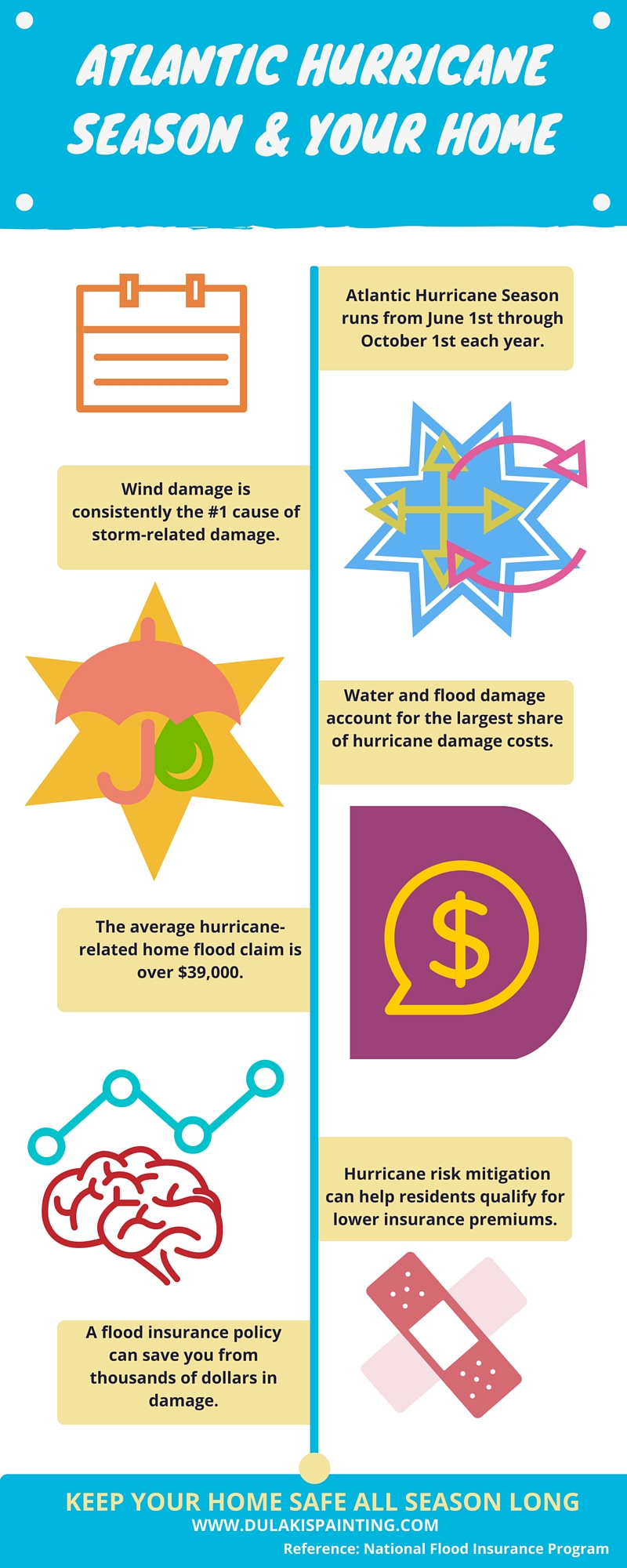Discover The Influence Of Seasonal Aspects On The Performance Of Commercial Outside Painting And Determine The Optimum Times To Achieve Long-Lasting Outcomes For Your Project
Discover The Influence Of Seasonal Aspects On The Performance Of Commercial Outside Painting And Determine The Optimum Times To Achieve Long-Lasting Outcomes For Your Project
Blog Article
Content By-Korsholm Rosendal
When you're preparing an industrial outside painting task, seasonal elements can make or damage your results. You'll wish to consider exactly how temperature and humidity impact paint application and drying times. Choosing the right season can ensure your paint sticks properly and lasts much longer. Yet which seasons are really the most effective for this sort of work? Let's check out the crucial elements that can influence your task's success.
The Impact of Temperature Level on Paint Application
When you're planning an industrial external paint task, the temperature level can dramatically influence just how well the paint adheres and dries.
Ideally, you intend to paint when temperature levels vary in between 50 ° F and 85 ° F. If it's as well cold, the paint might not heal correctly, causing issues like peeling off or fracturing.
On the flip side, if it's also hot, the paint can dry out as well rapidly, avoiding correct attachment and causing an unequal finish.
navigate to this web-site need to also think about the moment of day; morning or late afternoon offers cooler temperatures, which can be more beneficial.
Constantly examine the supplier's recommendations for the particular paint you're using, as they usually offer assistance on the ideal temperature level array for optimal results.
Moisture and Its Result on Drying Times
Temperature level isn't the only ecological factor that influences your industrial outside paint project; moisture plays a considerable function too. High humidity degrees can decrease drying out times drastically, impacting the general high quality of your paint work.
When the air is saturated with moisture, the paint takes longer to heal, which can result in problems like inadequate adhesion and a greater danger of mold development. If you're repainting on a particularly humid day, be gotten ready for extensive delay times between coats.
It's critical to check local climate condition and plan appropriately. Ideally, aim for moisture levels between 40% and 70% for optimum drying out.
Maintaining these consider mind ensures your job remains on track and supplies an enduring coating.
Best Seasons for Commercial Exterior Paint Projects
What's the best season for your commercial outside paint tasks?
Spring and early autumn are normally your best bets. Throughout these periods, temperatures are light, and humidity degrees are frequently reduced, creating perfect problems for paint application and drying.
Prevent summer's intense heat, which can cause paint to completely dry also swiftly, leading to inadequate bond and coating. In a similar way, winter's chilly temperatures can impede proper drying out and treating, running the risk of the long life of your paint task.
Aim for days with temperatures between 50 ° F and 85 ° F for ideal outcomes. Bear in mind to check the local weather forecast for rainfall, as damp conditions can destroy your task.
Planning around these factors guarantees your paint job runs efficiently and lasts much longer.
Final thought
In conclusion, preparing your business external paint tasks around seasonal factors to consider can make a significant difference in the outcome. By scheduling work during the perfect temperature levels and moisture levels, you'll make certain better bond and drying out times. Remember to watch on regional weather forecasts and select the right time of year-- spring and early autumn are your best choices. Taking visit the up coming article will aid you attain a durable and professional finish that lasts.
